-
GeneralGeneral
-
Biology Homepage
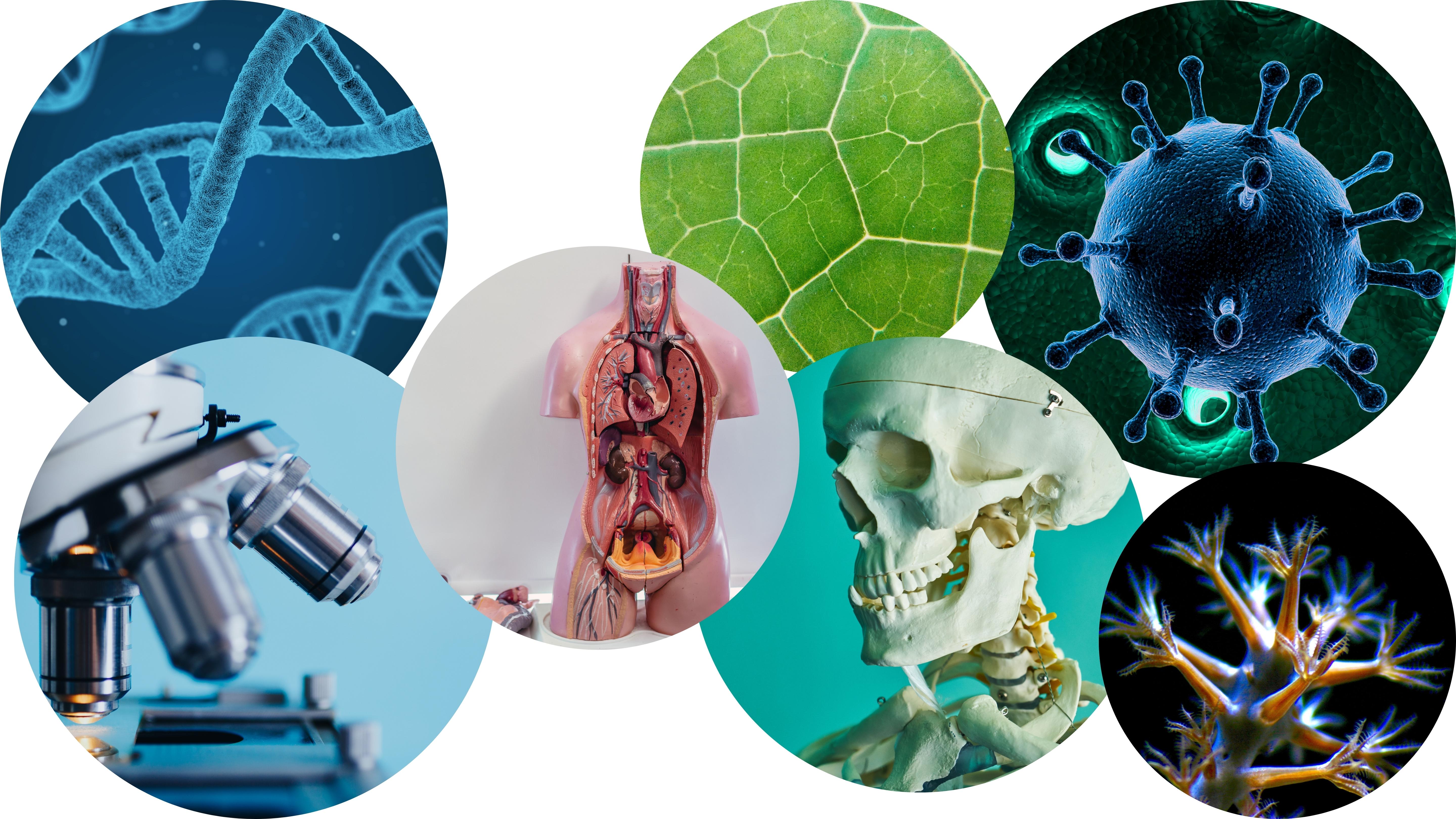

Welcome to Biology, part of the series for the Pre-Health Sciences Training Certificate. This course and the Certificate are designed primarily for learners interested in preparing for and gaining entry to health-related programs, and to help address the prerequisites for the Medical College Admission Test (MCAT). This Biology course provides in-depth learning related to general biological concepts and techniques used in the bachelor’s-level study of natural, physical, behavioral, and social sciences. Participants will have the opportunity to review and gain biological knowledge on human biological systems and functions. The course explores important areas of biology such as Cells, Enzymes, Genetics, Reproduction, Embryogenesis, Organ Systems within the Human Body, and Evolutionary Concepts; these topics can all be applied in the fields of scientific inquiry.
The Biology course is sponsored in part by the International Development Research Center and by the University of the Incarnate Word School of Osteopathic Medicine. Like all NextGenU.org courses, it is competency-based, using competencies based on the Association of American Medical Colleges’ Medical College Admission Test. It uses learning resources from accredited, academic, professional, and world-class organizations and universities such as Rice University. This course was designed by Alixandria Ali BSc; Sherian Bachan MSc, BSc; Reisha Narine MSc, BSc; Aduke Williams BA; Sara Wildman BSc; Carolina Bustillos MD, DiplEd; Rhonda Prudent BSc; Maryam Musa MBBS; Pablo Baldiviezo MD, MSc, DiplEd; Joanne Krupa, Ph.D.; Tristan Aaron Wild, BMSc (Hons); Avani Krishnan, BSc., MSc. Candidate (Hons); Jinyuru (Donna) Yang, Bkin High, MSc Medical Science (Hons); Abrar Ahmed, BSc., MD Candidate (Hons); and Jenny Tang, BSc, Optometry Candidate (Hons).
For publications on NextGenU.org’s courses’ efficacy, see NextGenU.org’s publication page.
There are 16 modules to complete, which provide an introduction to:
- Module 1: Introduction to the Living World
- Module 2: The Cell
- Module 3: Cellular Reproduction
- Module 4: Enzymes and Energy
- Module 5: Animal Reproduction
- Module 6: Embryogenesis and Development
- Module 7: Introduction to Genetics
- Module 8: The Nervous System
- Module 9: The Endocrine System
- Module 10: The Respiratory System
- Module 11: The Cardiovascular System
- Module 12: The Immune System
- Module 13: The Digestive System
- Module 14: Homeostasis
- Module 15: Musculoskeletal System
- Module 16: Genetics and Evolution
The completion time for this course is estimated at 154 hours, comprising 41 hours of learning resources, 82 hours of studying and assimilation of the content, and 31 hours of participating in learning activities and quizzes to assist the learners in synthesizing learning materials. This course is equivalent to 3 credit hours in the U.S. undergraduate/bachelor’s degree system.The course requires the completion of all quizzes, and discussion forums to receive a course certificate.
Practice quizzes are available throughout the course, composed of 10 Multiple-Choice Questions each. After you’ve completed each module, quiz, and learning activity, at the end of the course, you’ll have access to a final exam consisting of 40 multiple-choice questions, and a chance to evaluate this course.
Participants have up to three opportunities to take the final exam and achieve the required passing score of >=80%. Once you’ve passed the final exam and completed the evaluations, you will be able to download a certificate of completion from NextGenU.org and our course’s co-sponsoring organizations.
We keep all of your personal information confidential, never sell any of your information, and only use anonymized data for research purposes. Also, we are happy to report your testing information and share your work with anyone (your school, employer, etc.) at your request.
Engaging with this Course:
This free course is aimed at students who have graduated from high school and want to prepare to become a health professional, and/or pass the MCAT exam. You may also browse this course for free to learn for your personal enrichment; there are no requirements.
To obtain a certificate, a learner must first register for the course and then successfully complete:
- Pre-test
- All the reading requirements,
- All quizzes and pass with 80% with unlimited attempts,
- All discussion forums,
- The final exam with a minimum of 80% and a maximum of 3 attempts, and
- The self and course evaluation forms.
To obtain credit:- Complete all requirements listed above for the certificate, and
- Your learning institution or workplace should approve the partner-university-sponsored NextGenU.org course for educational credit, as they usually would for their learner taking a course anywhere.
NextGenU.org is happy to provide your institution with:- A link to and description of the course training, so they can see all of its components, including the co-sponsoring institutions;
- Your grade on the final exam;
- Your work products (e.g., discussion forum responses) and any other required or optional shared materials that you produce and authorize to share with them;
- Your evaluations -- course, and self-assessments;
- A copy of your certificate of completion, with the co-sponsoring organizations listed.
To obtain a degree, NextGenU.org co-sponsors degree programs with institutional partners. To obtain a full degree co-sponsored with NextGenU.org, registrants must be enrolled in a degree program as a student of a NextGenU.org institutional partner. If you think your institution might be interested in offering a degree with NextGenU.org, contact us.We hope you will find this a rewarding learning experience, and we count on your assessment and feedback to help us improve this training for future students.
Here are the next steps to take the course and earn a certificate:
- Complete the registration form.
- Take the pre-test.
- Begin the course with Module 1: Introduction to the Living World. In each lesson, read the description, complete all required readings and any required activity, as well as take the corresponding quizzes.
-
Study Materials
We've utilized the Quizlet platform to create specialized flashcards designed to reinforce and test your knowledge throughout this course. Simply click the links to freely access them. Feel free to browse through our other sets of flashcards. Dive in and happy studying!
- Module 1: Introduction to the Living World
- Module 2 Part A: The Cell
- Module 2 Part B: The Cell
- Module 3: Cellular Reproduction
- Module 4: Enzymes and Energy
- Module 5: Animal Reproduction
- Module 6: Embryogenesis and Development
- Module 7: Part A: Introduction to Genetics
- Module 7: Part B: Introduction to Genetics
- Module 8: The Nervous System
- Module 9: The Endocrine System
- Module 10: The Respiratory System
- Module 11: The Cardiovascular System
- Module 12: The Immune System
- Module 13: The Digestive System
- Module 14: Homeostasis
- Module 15: Part A: Musculoskeletal System
- Module 15: Part B: Musculoskeletal System
- Module 16: Genetics and Evolution
- Module 1: Introduction to the Living World
-
Module 1: Introduction to the Living World
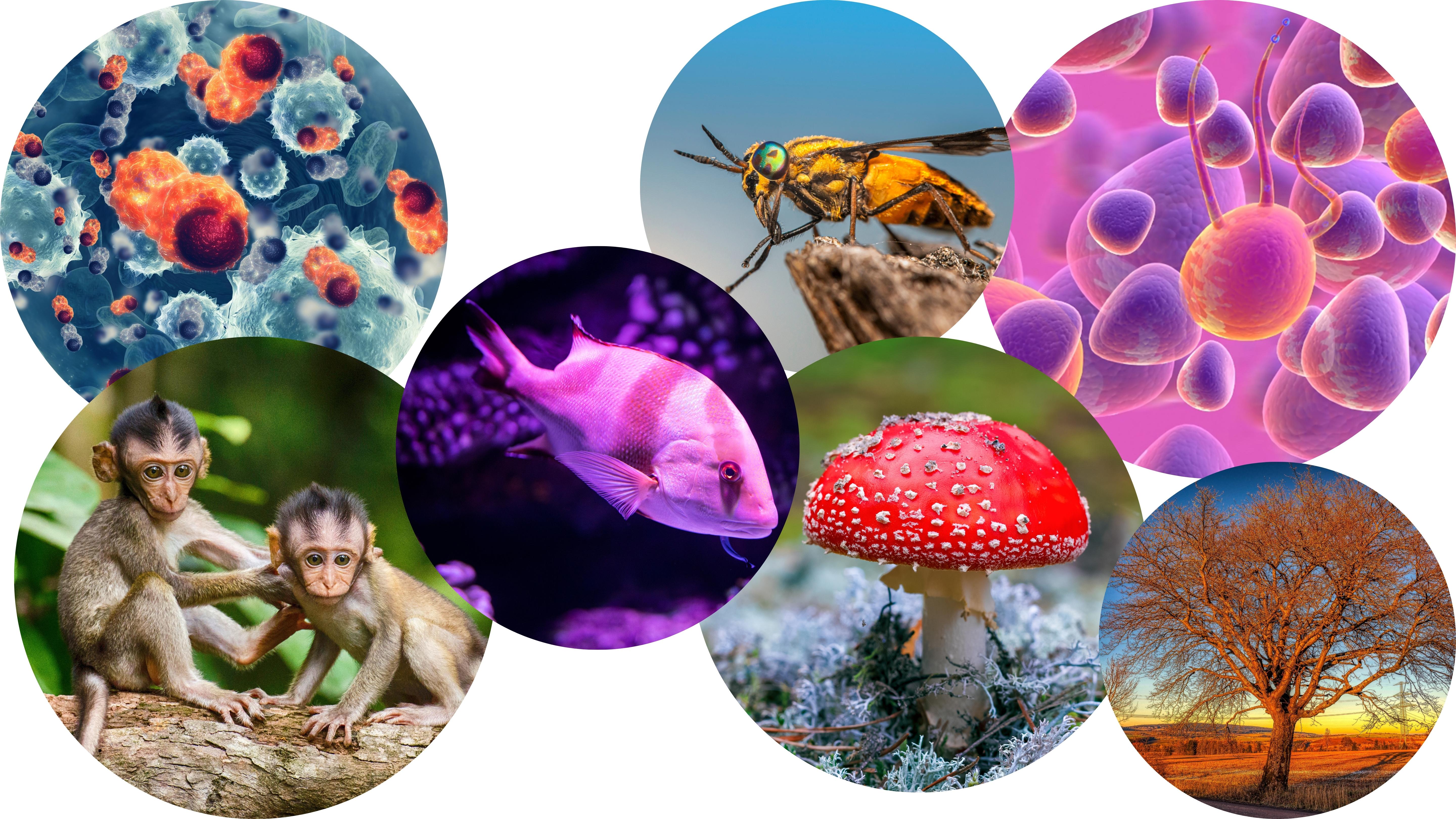 Competencies covered in this module:
Competencies covered in this module:- Biology as a science.
- Classification of the biological world.
- Biology as a science.
-
Module 1: Lesson 1: Building Blocks of life
Learning Objectives:
- Describe the characteristics of Biology.
- Describe and identify the levels of biological organization from molecules to the biosphere, noting the interrelationships between levels.
2 URLs -
Module 1: Lesson 2: Classification of living Organisms
Learning Objectives:
- Describe levels of organization and related functions in plants and animals.
1 URL -
Module 2: The Cell
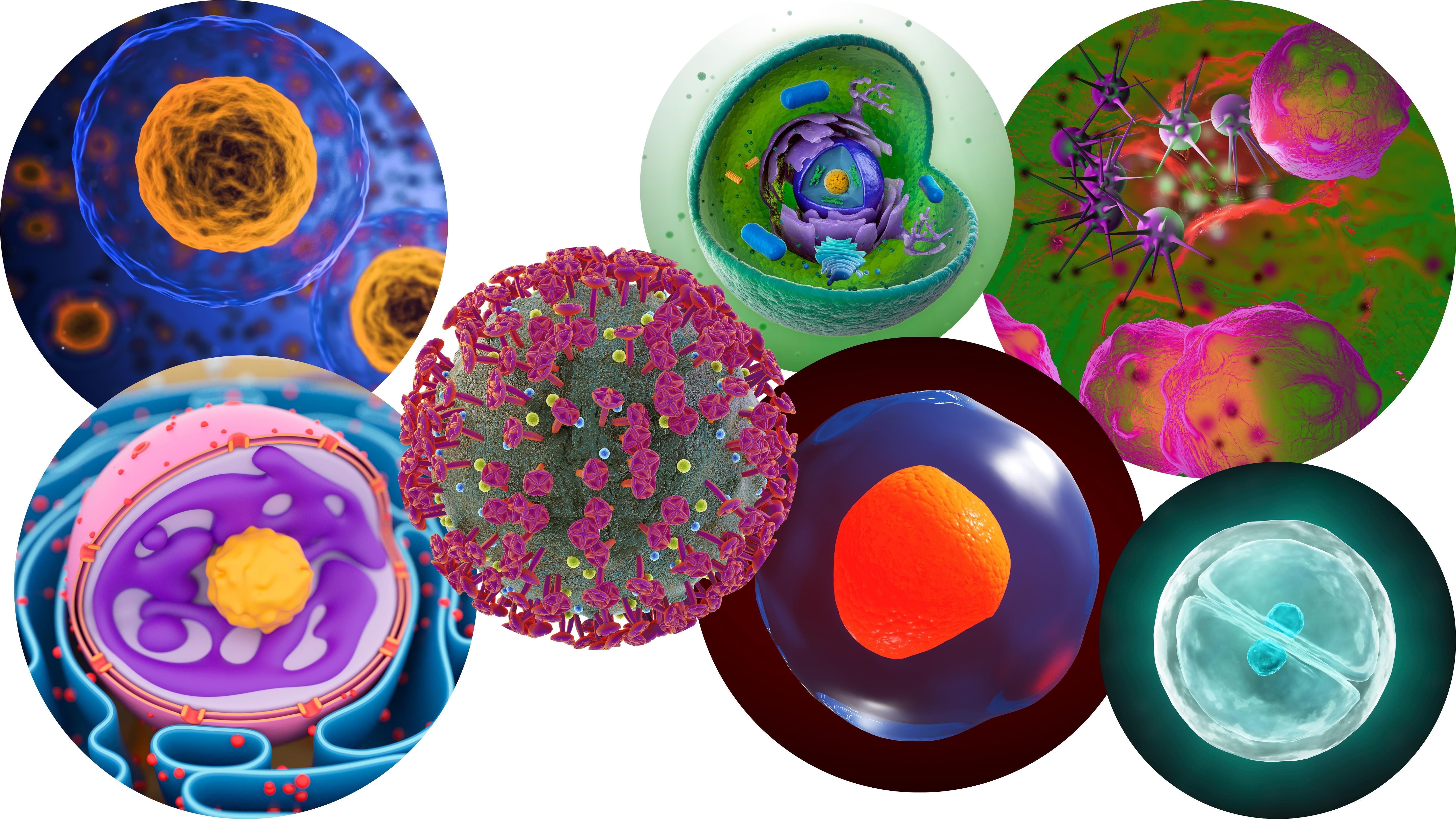 Competencies covered in this module:
Competencies covered in this module:- Principles of bioenergetics and fuel molecule metabolism.
- Assemblies of molecules, cells, and groups of cells within single cellular and multicellular organisms.
- The structure, growth, physiology, and genetics of prokaryotes and viruses.
- Principles of bioenergetics and fuel molecule metabolism.
-
Module 2: Lesson 1: Cell Theory, Microscopy and its Impact on Biology
Learning Objectives:
- Describe the cell theory, microscopy, and its impact in Biology.
1 URL -
Module 2: Lesson 2: Prokaryotes and Eukaryotes
Learning Objectives:
- Describe the structures and unique characteristics within prokaryotes.
- Identify bacterial diseases that caused historically important plagues and epidemics.
- Describe the differences that differentiate prokaryotic and eukaryotic cells.
3 URLs, 1 Forum -
Module 2: Lesson 3: Cellular Membrane and Transport
Learning Objectives:
- Describe the functions and characteristics of the plasma membrane.
- Describe the concepts of active and passive transport in connection to the biochemical model and molecular structure of the plasma membrane.
- Identify the components of the endomembrane system and the relationship between the endomembrane system and its functions.
- Describe and be able to differentiate, based on structure and function, the different proteins that make up the cytoskeleton.
- Describe osmosis and explain its role within molecules and its importance on making a balance in bodily functions.
- Identify the characteristic of lipids and be able to differentiate between the four types of lipids presented.
7 URLs -
Module 3: Cellular Reproduction
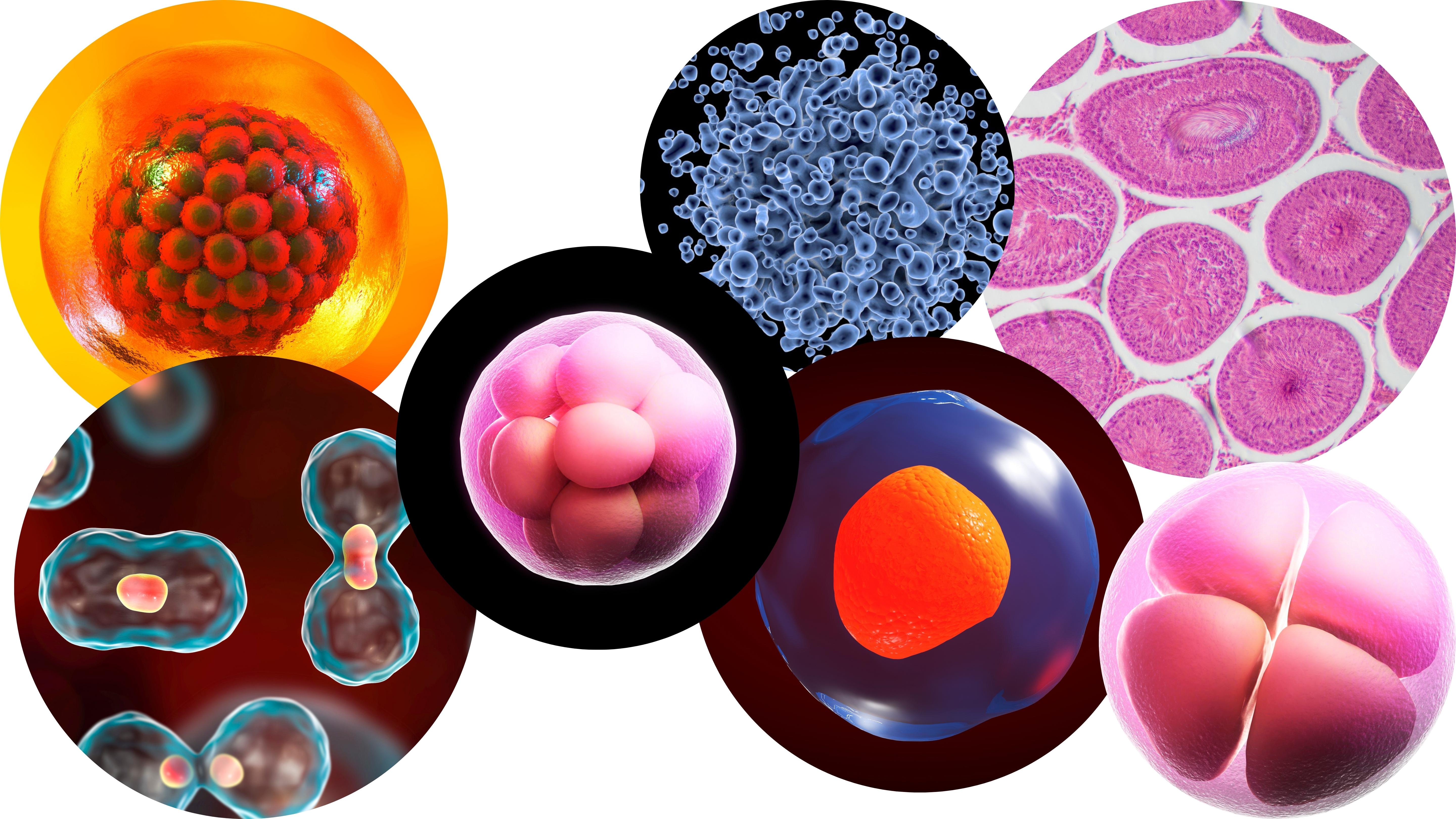 Competencies covered in this module:
Competencies covered in this module:- Transmission of genetic information from the gene to the protein.
- Processes of cell division, differentiation, and specialization.
- Transmission of heritable information from generation to generation and the processes that increase genetic diversity.
- Transmission of genetic information from the gene to the protein.
-
Module 3: Lesson 1: Binary Fission
Learning Objectives:
- Describe the process of binary fission in prokaryotes and the FtsZ and tubulin proteins as examples of homology.
- Describe the structures within bacteria and archaea and appreciate how they replicate as single celled organisms.
2 URLs - Describe the process of binary fission in prokaryotes and the FtsZ and tubulin proteins as examples of homology.
-
Module 3: Lesson 2: Mitosis
Learning Objectives:
- Describe the different stages of mitosis, and the events in each stage or phase.
- Describe the stages of the cell cycle's G1, S, G2, and M phases, cell division, control, and cell cycle.
1 URL, 1 Forum - Describe the different stages of mitosis, and the events in each stage or phase.
-
Module 3: Lesson 3: Meiosis
Learning Objectives:
- Describe the behavior of chromosomes during meiosis, cellular events during meiosis, the differences between meiosis and mitosis, and the mechanisms within meiosis that generate genetic variation among the products of meiosis.
- Explain that meiosis and sexual reproduction are evolved traits, variation among offspring as a potential evolutionary advantage to sexual reproduction, the three different life-cycle types among sexual multicellular organisms, and their commonalities.
2 URLs - Describe the behavior of chromosomes during meiosis, cellular events during meiosis, the differences between meiosis and mitosis, and the mechanisms within meiosis that generate genetic variation among the products of meiosis.
-
Module 3: Lesson 4: Cancer and the Cell Cycle
Learning Objectives:
- Describe how Cancer is caused by uncontrolled cell growth.
- Discuss the process of tissue injury, apoptosis, and how cancer cells bypass this.
2 URLs - Describe how Cancer is caused by uncontrolled cell growth.
-
Module 4: Enzymes and Energy
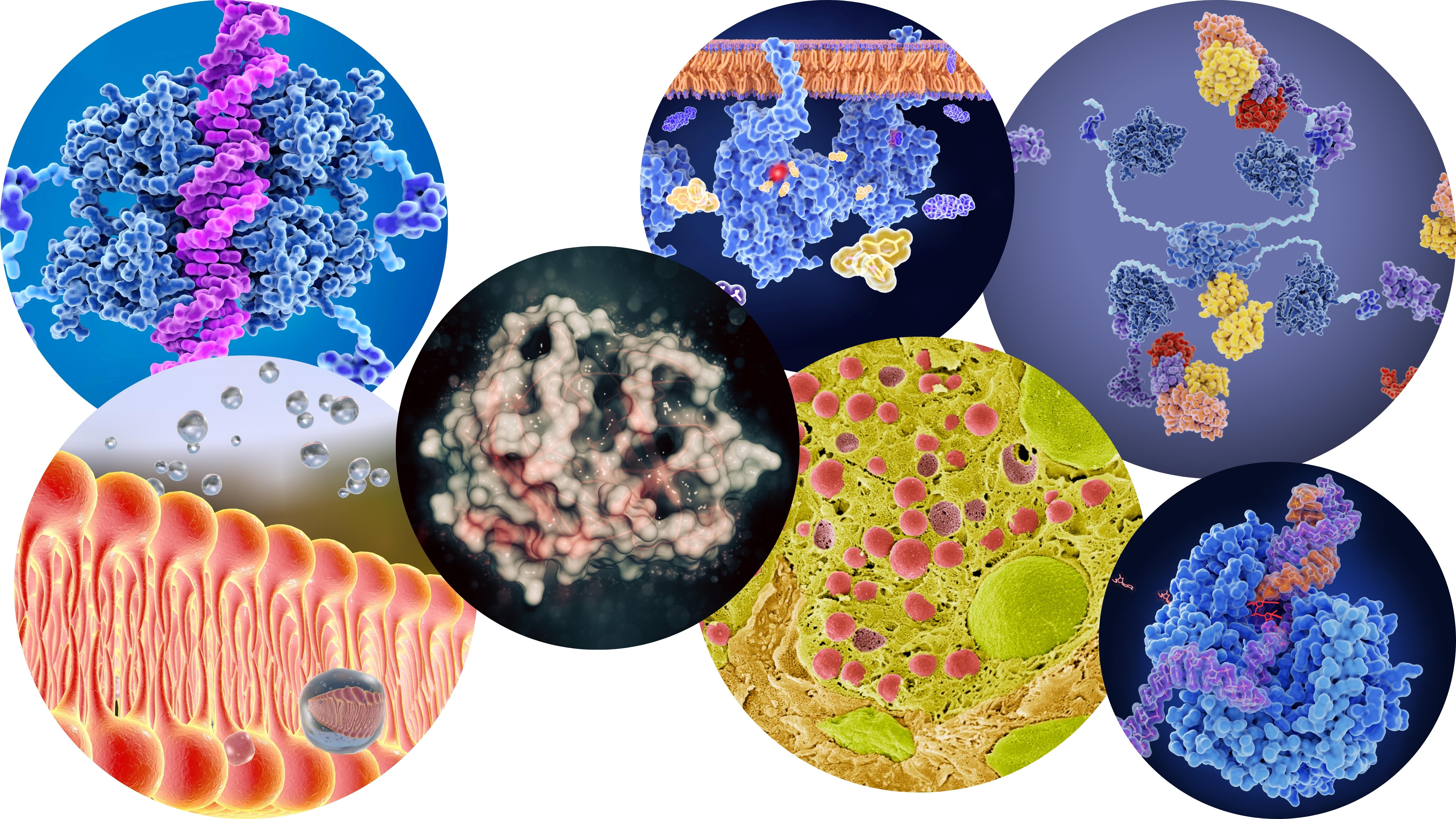 Competencies covered in this module:
Competencies covered in this module:- Principles of bioenergetics and fuel molecule metabolism.
- Principles of bioenergetics and fuel molecule metabolism.
-
Module 4: Lesson 1: Overview of Metabolism
Learning Objectives:
- Describe the difference between anabolic and catabolic reactions and key terms.
1 URL -
Module 4: Lesson 2: Introduction to Bioenergetics
Learning Objectives:
- Describe the difference between free energy and activation energy and how they apply to enzyme function, and the role of enzymes in metabolic pathways.
1 URL, 1 Forum -
Module 5: Animal Reproduction
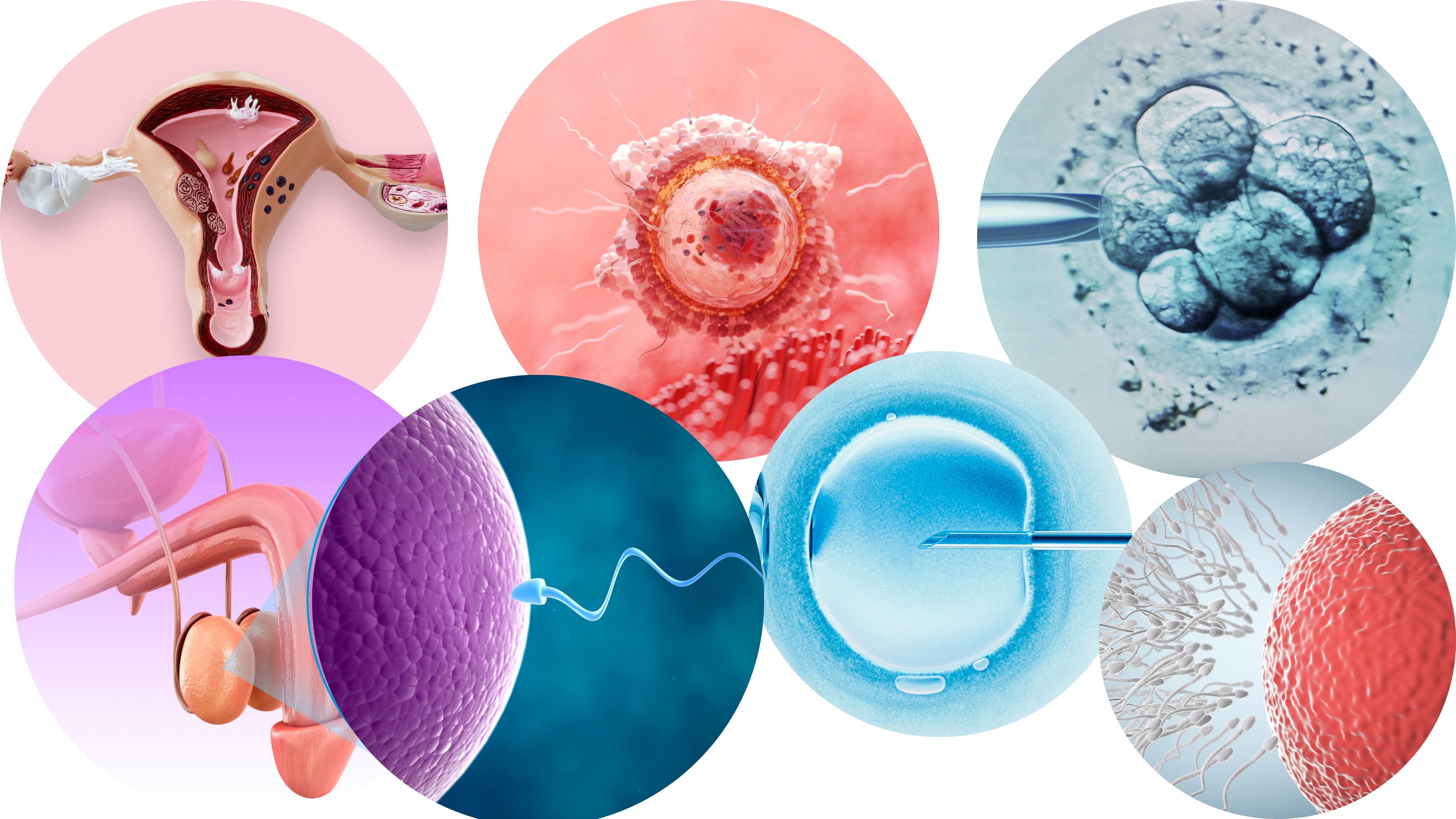 Competencies covered in this module:
Competencies covered in this module:- Structure and functions of the nervous and endocrine systems and ways these systems coordinate the organ systems.
- Male and female reproductive structures and their functions.
- Hormonal control of reproduction.
- Structure and functions of the nervous and endocrine systems and ways these systems coordinate the organ systems.
-
Module 5: Lesson 1: Human Male Reproductive System
Learning Objectives:
- Describe the basic structure and the functions of the Male Reproductive anatomy, paying close attention to the function and definition of the scrotum and testes, and the three separate accessory glands responsible for producing sperm.
1 URL -
Module 5: Lesson 2: Human Female Reproductive System
Learning Objectives:
- Describe the basic structure and functions of the Female Reproductive anatomy, paying close attention to the: vagina, uterus, cervix, endometrium, uterine tubes, myometrium, fimbriae, and ovary.
1 URL -
Module 5: Lesson 3: Human Gametogenesis
Learning Objectives:
- Describe the progression (and relation to mitosis and meiosis) of the spermatogonium to the primary spermatocyte, to the secondary spermatocyte, to the spermatid, and to the spermatozoan.
1 URL, 1 Forum -
Module 5: Lesson 4: Other Methods of Reproduction
Learning Objectives:
- Discuss asexual and sexual reproduction methods.
- Discuss internal and external methods of fertilization.
2 URLs -
Module 6: Embryogenesis and Development
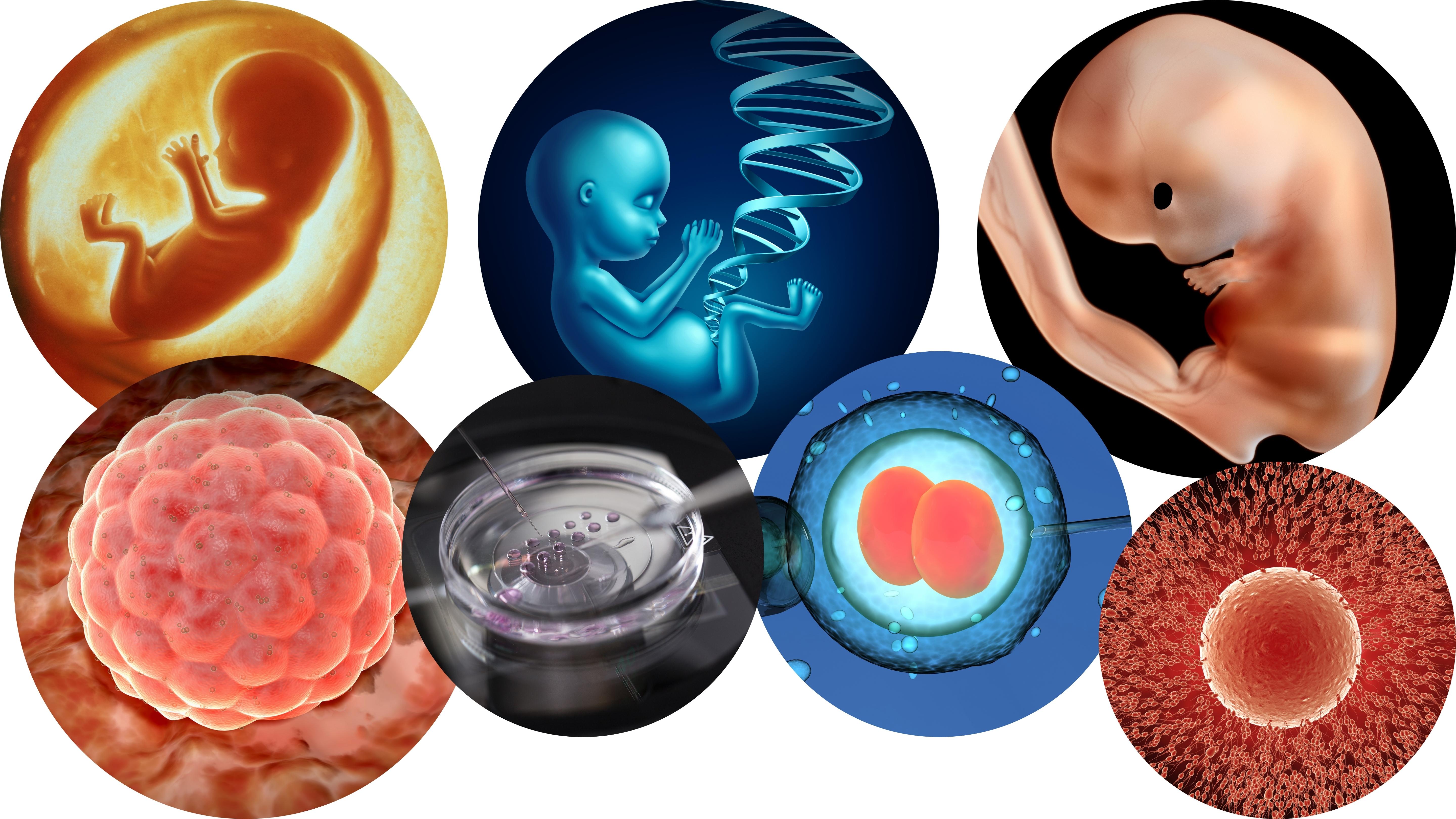 Competencies covered in this module:
Competencies covered in this module:- Transmission of genetic information from the gene to the protein.
- Processes of cell division, differentiation, and specialization.
- Structure and integrative functions of the main organ systems.
- Stages of early development, First cell movements, Formation of primary germ layers, Neurulation.
-
Module 6: Lesson 1: Fertilization in Humans
Learning Objectives:
- Discuss how fertilization occurs in humans.
1 URL -
Module 6: Lesson 2: Embryogenesis
Learning Objectives:
- Explain how the embryo forms from the zygote.
- Discuss the role of cleavage and gastrulation in animal development.
2 URLs - Explain how the embryo forms from the zygote.
-
Module 6: Lesson 3: Organogenesis
Learning Objectives:
- Describe the processes of organogenesis.
1 URL -
Module 6: Lesson 4: Human Pregnancy
Learning Objectives:
- Explain fetal development during the three trimesters of gestation.
- Describe labor and delivery.
- Compare the efficacy and duration of various types of contraception.
- Discuss causes of infertility and the therapeutic options available.
4 URLs, 1 Forum - Explain fetal development during the three trimesters of gestation.
-
Module 7: Introduction to Genetics
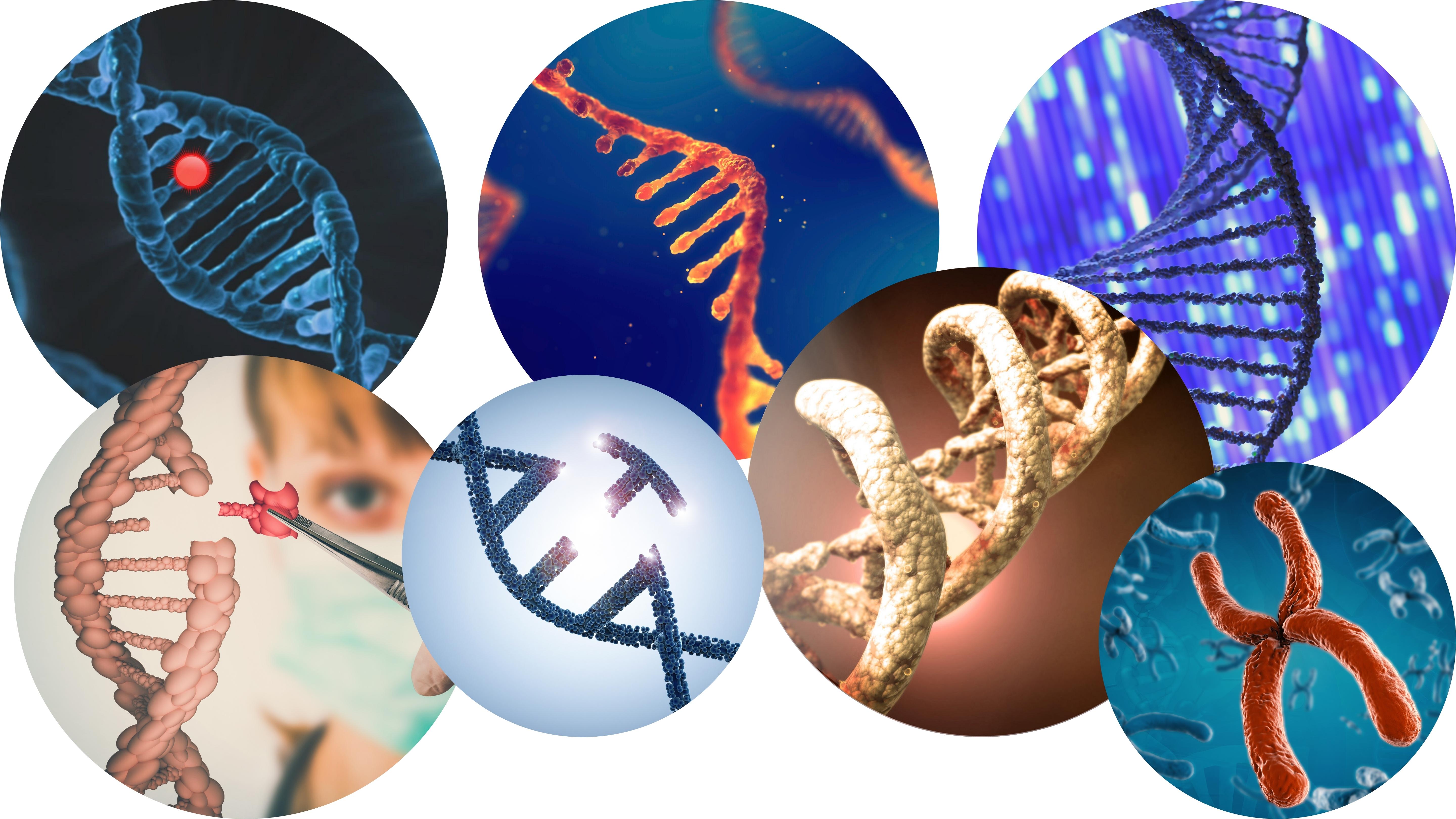 Competencies covered in this module:
Competencies covered in this module:- Processes of cell division, differentiation, and specialization.
- Transmission of genetic information from the gene to the protein.
- Nucleic Acid Structure and Function, DNA Replication, Repair of DNA, Genetic Code, Transcription, Translation, and Gene Expression.
- Mendelian Genetics.
- Processes of cell division, differentiation, and specialization.
-
Module 7: Lesson 1: DNA and RNA
Learning Objectives:
- Describe the molecular structure of DNA and RNA.
- Describe the structure of the Waston-Crick model of DNA and the history of how it was deduced.
- Understand the structure of DNA, DNA sequencing, similarities and differences between eukaryotic and prokaryotic DNA, and supercoiling.
3 URLs - Describe the molecular structure of DNA and RNA.
-
Module 7: Lesson 2: DNA Replication, Mutation and Repair
Learning Objectives:
- Describe the process of DNA replication.
- Describe the different types of mutations, how they affect DNA, and how the risk of mutations are mitigated in the body.
3 URLs - Describe the process of DNA replication.
-
Module 7: Lesson 3: Transcription and Translation
Learning Objectives:
- Describe the biochemical mechanism of transcription and translation and how they relate to the central dogma.
- Describe the RNA's multiple functions, in addition to its intermediate function in the central dogma.
2 URLs - Describe the biochemical mechanism of transcription and translation and how they relate to the central dogma.
-
Module 7: Lesson 4: Cell Differentiation
Learning Objectives:
- Distinguish between the different categories of stem cells and how they related to the process of cellular differentiation.
1 URL -
Module 7: Lesson 5: Introduction to Mendelian Genetics
Learning Objectives:
- Describe how to perform mendelian crosses as done by Mendel in his experiments. Describe probability rules.
- Describe how create and to use a Punnett square to determine genotype and phenotype percentages (monohybrid crosses) and testcross using Punnett square.
- Describe that the genotype alone doesn't determine phenotype with regards to co-dominance, incomplete dominance, penetrance, expressivity, and dosage effects.
- Describe how genetic variation between gametes (and consequently offspring) is created in the various steps of meiosis.
- Describe how genes specific to sex can affect the genotypes and phenotypes of offspring.
5 URLs, 1 Forum - Describe how to perform mendelian crosses as done by Mendel in his experiments. Describe probability rules.
-
Module 8: The Nervous System
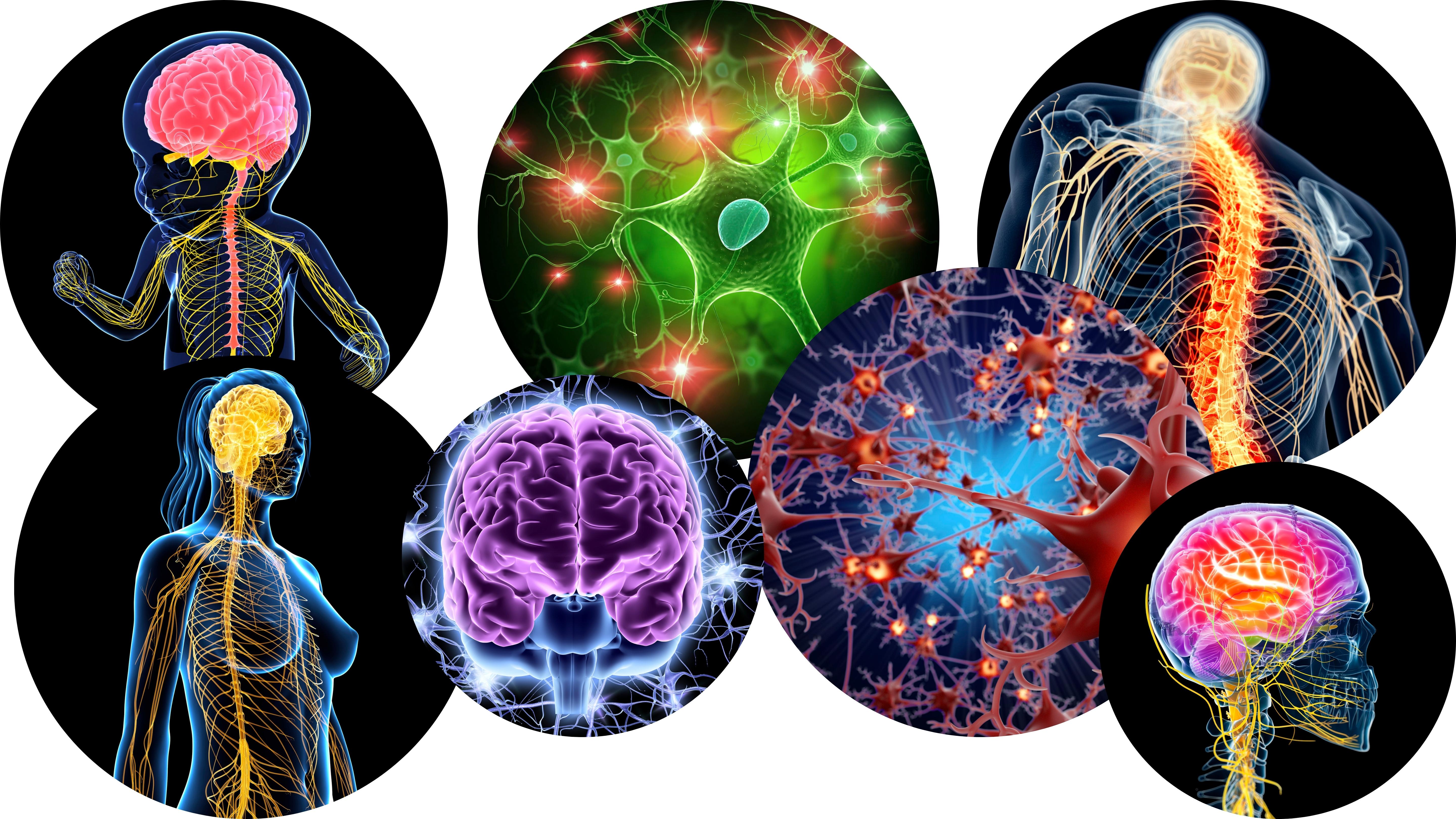 Competencies covered in this module:
Competencies covered in this module:- Assemblies of molecules, cells, and groups of cells within single cellular and multicellular organisms.
- Structure and functions of the nervous and endocrine systems and ways these systems coordinate the organ system, Nervous System: Structure and Function.
- Sensing the environment, Sensory Processing, Perception.
- Making sense of the environment, Biosignaling.
- Responding to the world.
- Assemblies of molecules, cells, and groups of cells within single cellular and multicellular organisms.
-
Module 8: Lesson 1: Cells of the Nervous System
Learning Objectives:
- Describe the structural and functional characteristics of neurons and the cells in the nervous system that support their function.
1 URL -
Module 8: Lesson 2: Transmission of Neural Impulses
Learning Objectives:
- Describe how resting and action potential are involved in nerve impulses and their relationship to synaptic transmission.
1 URL -
Module 8: Lesson 3: Organization of the Human Nervous System
Learning Objectives:
- Explain the various components of the CNS to memory and appreciate how it acts as a control center.
- Describe the organization and functions of the sympathetic and parasympathetic nervous systems and the sensory-somatic nervous system.
2 URLs - Explain the various components of the CNS to memory and appreciate how it acts as a control center.
-
Module 8: Lesson 4: Relfexes and Senses
Learning Objectives:
- Describe the general and special senses in humans, the three important steps in sensory perception, and explain the concept of just-noticeable differences in sensory perception.
- Describe the generation of reflexes as unconscious responses and their importance.
2 URLs, 1 Forum - Describe the general and special senses in humans, the three important steps in sensory perception, and explain the concept of just-noticeable differences in sensory perception.
-
Module 9: The Endocrine System
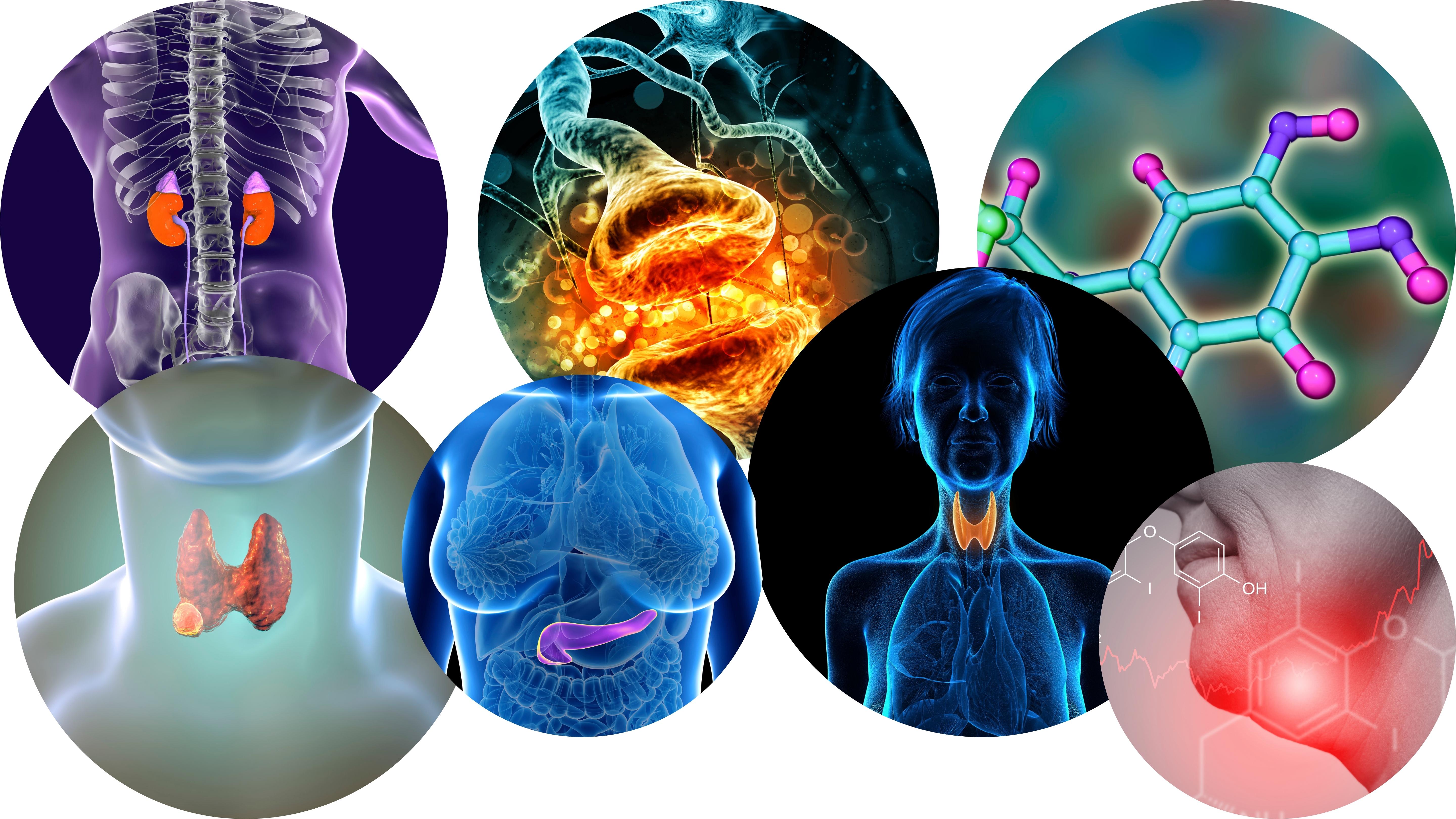 Competencies covered in this module:
Competencies covered in this module:- Structure and functions of the nervous and endocrine systems and ways these systems coordinate the organ systems.
- Endocrine System: Hormones and Their Sources, Endocrine System: Mechanisms of Hormone Action.
- Structure and functions of the nervous and endocrine systems and ways these systems coordinate the organ systems.
-
Module 9: Lesson 1: Hormones
Learning Objectives:
- Recognize the major endocrine glands and their corresponding hormones.
1 URL -
Module 9: Lesson 2: Regulation via Hormones
Learning Objectives:
- Describe how hormones regulate metabolism, excretory and digestive system, and different diseases.
2 URLs, 1 Forum -
Module 10: The Respiratory System
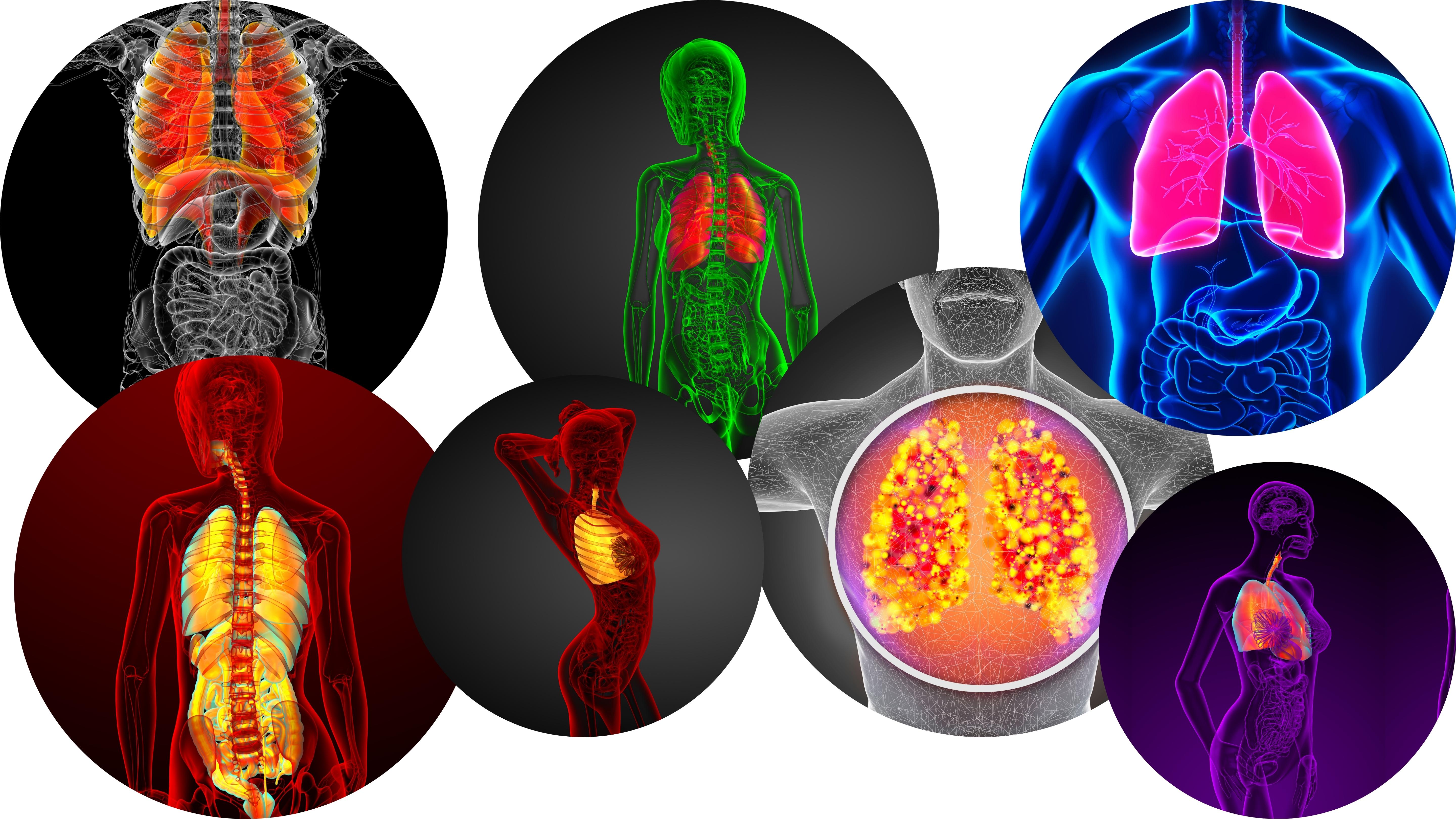 Competencies covered in this module:
Competencies covered in this module:- Structure and integrative functions of the main organ systems, Respiratory System.
- Structure and integrative functions of the main organ systems, Respiratory System.
-
Module 10: Lesson 1: Anatomy of the Respiratory System
Learning Objectives:
- Explain the structural and functional properties of the respiratory system.
1 URL -
Module 10: Lesson 2: Mechanism of Breathing
Learning Objectives:
- Describe the process of breathing, respiratory volumes, and mechanisms of respiratory control.
- Describe how oxygen transfers throughout the body based on partial pressure gradients.
2 URLs, 1 Forum - Describe the process of breathing, respiratory volumes, and mechanisms of respiratory control.
-
Module 11: The Cardiovascular System
Competencies covered in this module:
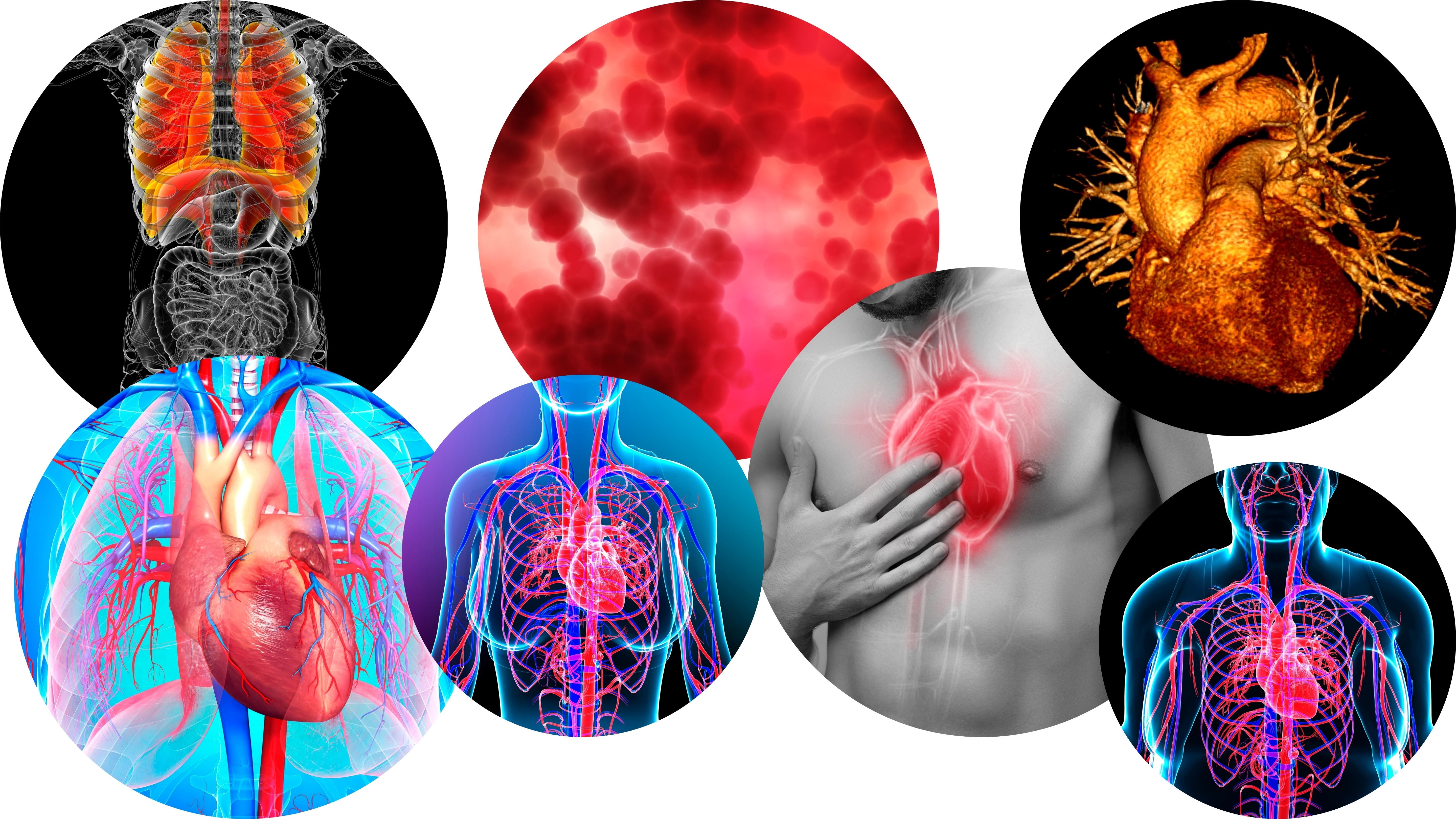
- Structure and integrative functions of the main organ systems, Circulatory System, Lymphatic System.
- Structure and integrative functions of the main organ systems, Circulatory System, Lymphatic System.
-
Module 11: Lesson 1: Anatomy of the Cardiovascular system
Learning Objectives:
- Describe the structure and function of the mammalian heart and blood vessels.
1 URL -
Module 11: Lesson 2: Components of Blood
Learning Objectives:
- Describe the function of the various components of the blood.
1 URL -
Module 11: Lesson 3: Blood flow
Learning Objectives:
- Describe the system of blood flow through the body.
1 URL -
Module 12: The Immune System
Competencies covered in this module:
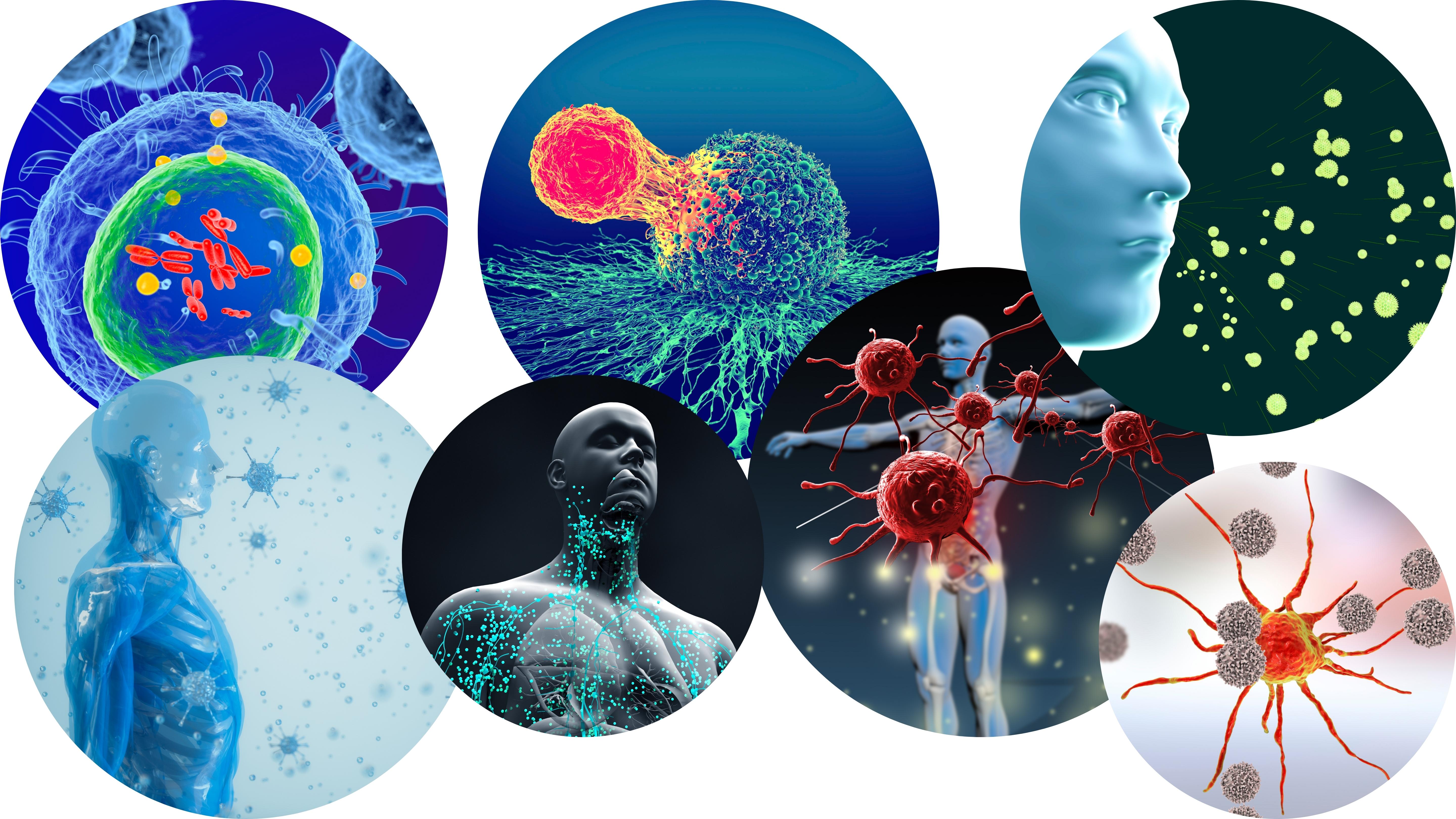
- Structure and integrative functions of the main organ systems, Immune System, Innate (nonspecific) vs. adaptive (specific) immunity, Adaptive immune system cells, Antigens, and Antibodies, Autoimmune diseases.
- Structure and integrative functions of the main organ systems, Immune System, Innate (nonspecific) vs. adaptive (specific) immunity, Adaptive immune system cells, Antigens, and Antibodies, Autoimmune diseases.
-
Module 12: Lesson 1: Innate and Adaptive Immune Responses
Learning Objectives:
- Describe physical and chemical immune barriers.
- Explain immediate and induced innate immune responses.
- Explain adaptive immunity.
- Compare and contrast adaptive and innate immunity.
- Describe cell-mediated immune response and humoral immune response.
5 URLs, 1 Forum -
Module 12: Lesson 2: Antibodies
Learning Objectives:
- Describe the structure and function of antibodies.
- Discuss antibody production.
2 URLs - Describe the structure and function of antibodies.
-
Module 13: The Digestive System
Competencies covered in this module:
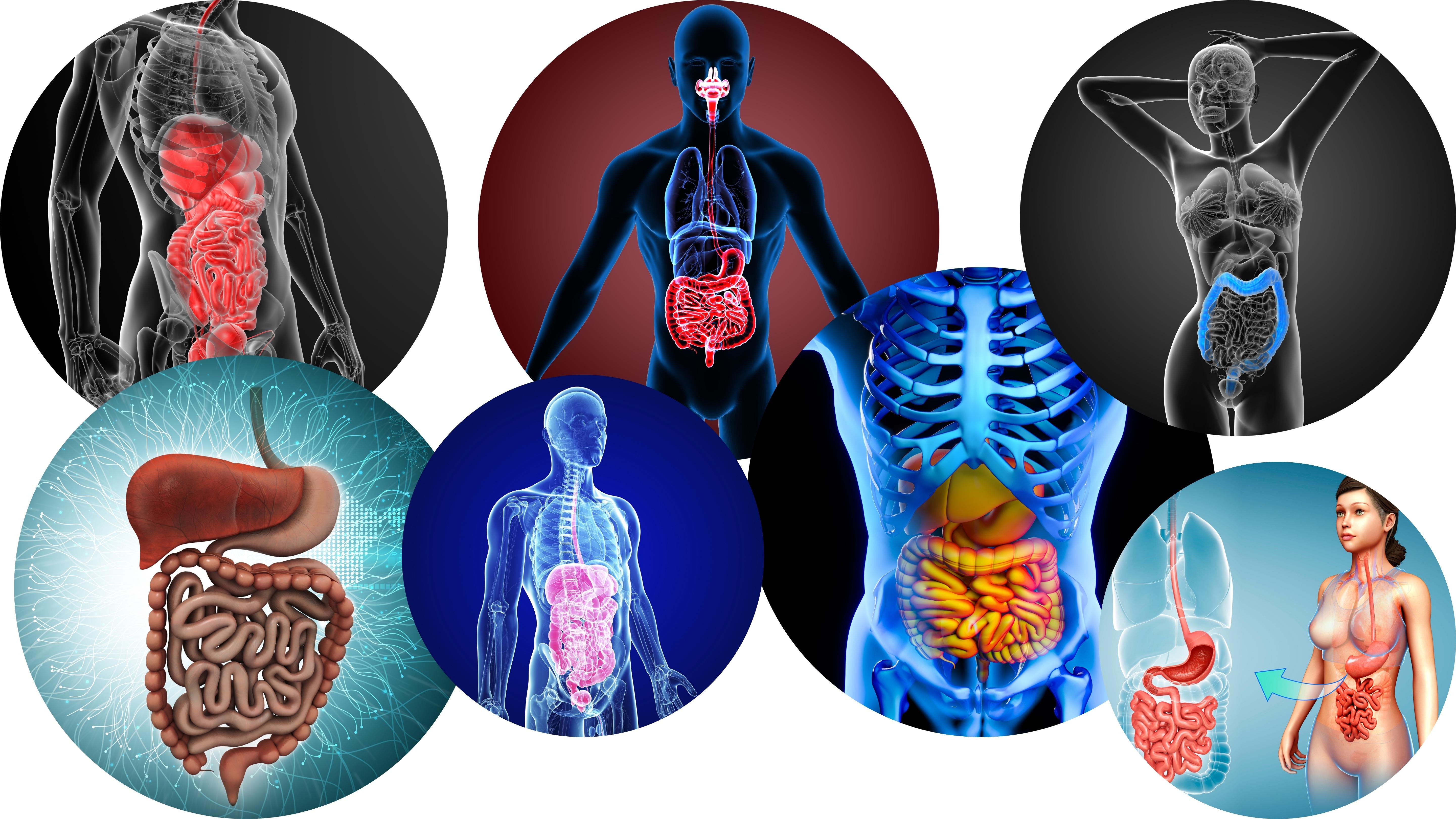
- Structure and integrative functions of the main organ systems, Digestive System.
- Structure and integrative functions of the main organ systems, Digestive System.
-
Module 13: Lesson 1: Anatomy of the Digestive System
Learning Objectives:
- Describe the functions and roles of each major organ in the path of digested material.
1 URL -
Module 13: Lesson 2: Ingestion, Absorption and Digestion
Learning Objectives:
- Describe the processes of the Digestive system from Ingestion to Digestion.
1 URL -
Module 13: Lesson 3: Small and Large Intestines
Learning Objectives:
- Describe in detail how the structures of the intestines are adapted to their functions.
1 URL, 1 Forum -
Module 14: Homeostasis
Competencies covered in this module:
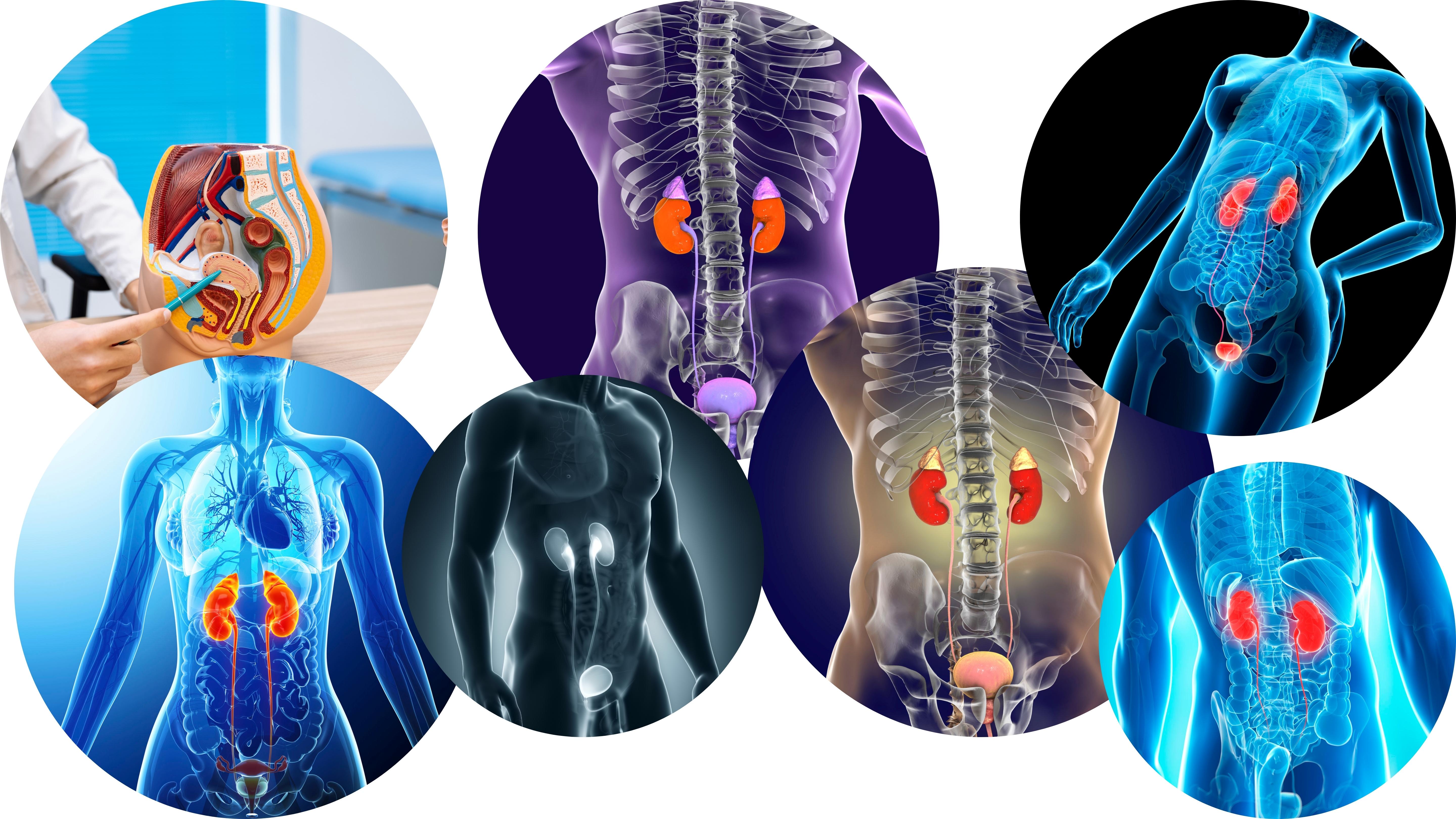
- Structure and integrative functions of the main organ systems, Excretory System.
- Structure and integrative functions of the main organ systems, Excretory System.
-
Module 14: Lesson 1: The Urinary System
Learning Objectives:
- Explain the anatomical structures associated with the urinary system and kidneys.
- Explain the formation of Urine.
- Describe Tubular Reabsorption.
4 URLs, 1 Forum - Explain the anatomical structures associated with the urinary system and kidneys.
-
Module 14: Lesson 2: Regulation of the Urinary System
Learning Objectives:
- Describe the myogenic and tubuloglomerular feedback mechanisms.
- Describe the function of the juxtaglomerular apparatus.
- Name and define the roles of key hormones that regulate kidney control.
- Explain why the differential permeability or impermeability of specific sections of the nephron tubules is necessary for urine formation.
4 URLs - Describe the myogenic and tubuloglomerular feedback mechanisms.
-
Module 14: Lesson 3: The Urinary system and Homeostasis
Learning Objectives:
- Provide specific examples to explain how the urinary system responds to maintain homeostasis in the body.
1 URL -
Module 15: Musculoskeletal System
Competencies covered in this module:
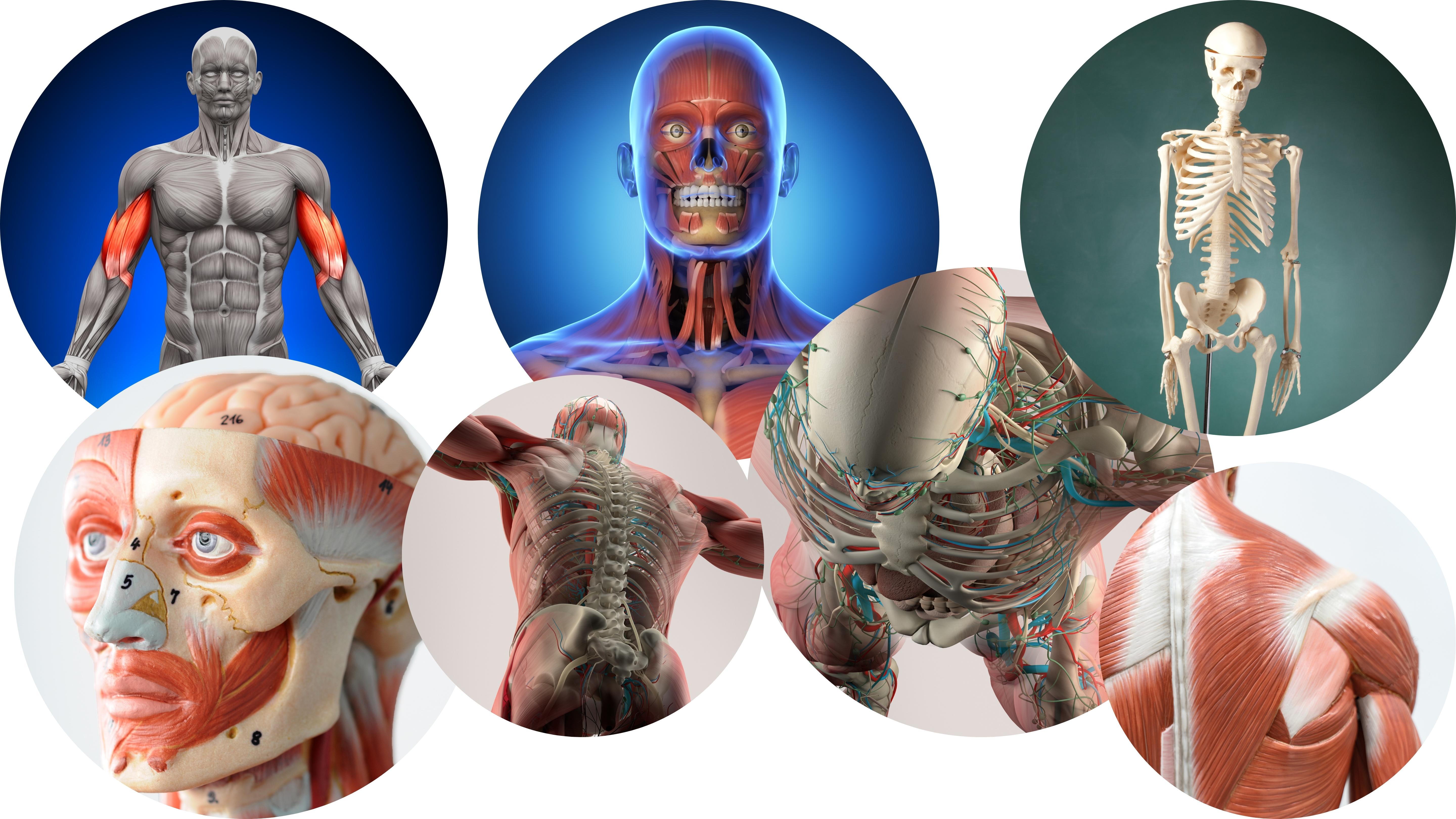
- Structure and integrative functions of the main organ systems, Muscle System, Muscle structure and control of contraction, Skeletal System, Specialization of bone types, structures, and Joint structures.
- Structure and integrative functions of the main organ systems, Muscle System, Muscle structure and control of contraction, Skeletal System, Specialization of bone types, structures, and Joint structures.
-
Module 15: Lesson 1: The Skeletal System
Learning Objectives:
- Define bone, cartilage, and the skeletal system List and describe the structure and functions of the skeletal system.
- Discuss the two types of embryonic bone development within the skull; describe the development of the vertebral column and thoracic cage.
- Describe the function of each category of bones.
- Describe the histology of bone tissue.
- Compare and contrast compact and spongy bone.
5 URLs - Define bone, cartilage, and the skeletal system List and describe the structure and functions of the skeletal system.
-
Module 15: Lesson 2: Bone Formation and Repair
Learning Objectives:
- Explain the function of cartilage.
- List the steps of intramembranous and endochondral ossification.
- Differentiate among the different types of fractures. Describe the steps involved in bone repair.
3 URLs - Explain the function of cartilage.
-
Module 15: Lesson 3: Joints
Learning Objectives:
- Discuss both functional and structural classifications for body joints.
- Describe the characteristic features for fibrous, cartilaginous, and synovial joints and give examples of each.
- Define and identify the different body movements and identify the joints responsible for the different types of movement.
5 URLs - Discuss both functional and structural classifications for body joints.
-
Module 15: Lesson 4: Muscle Tissue
Learning Objectives:
- Describe the function and structure of skeletal, cardiac muscle, and smooth muscle.
- Explain how muscles work with tendons to move the body.
- Describe how muscles contract and relax.
- Define the process of muscle metabolism.
- Explain how the nervous system controls muscle tension.
9 URLs, 1 Forum - Describe the function and structure of skeletal, cardiac muscle, and smooth muscle.
-
Module 16: Genetics and Evolution
Competencies covered in this module:
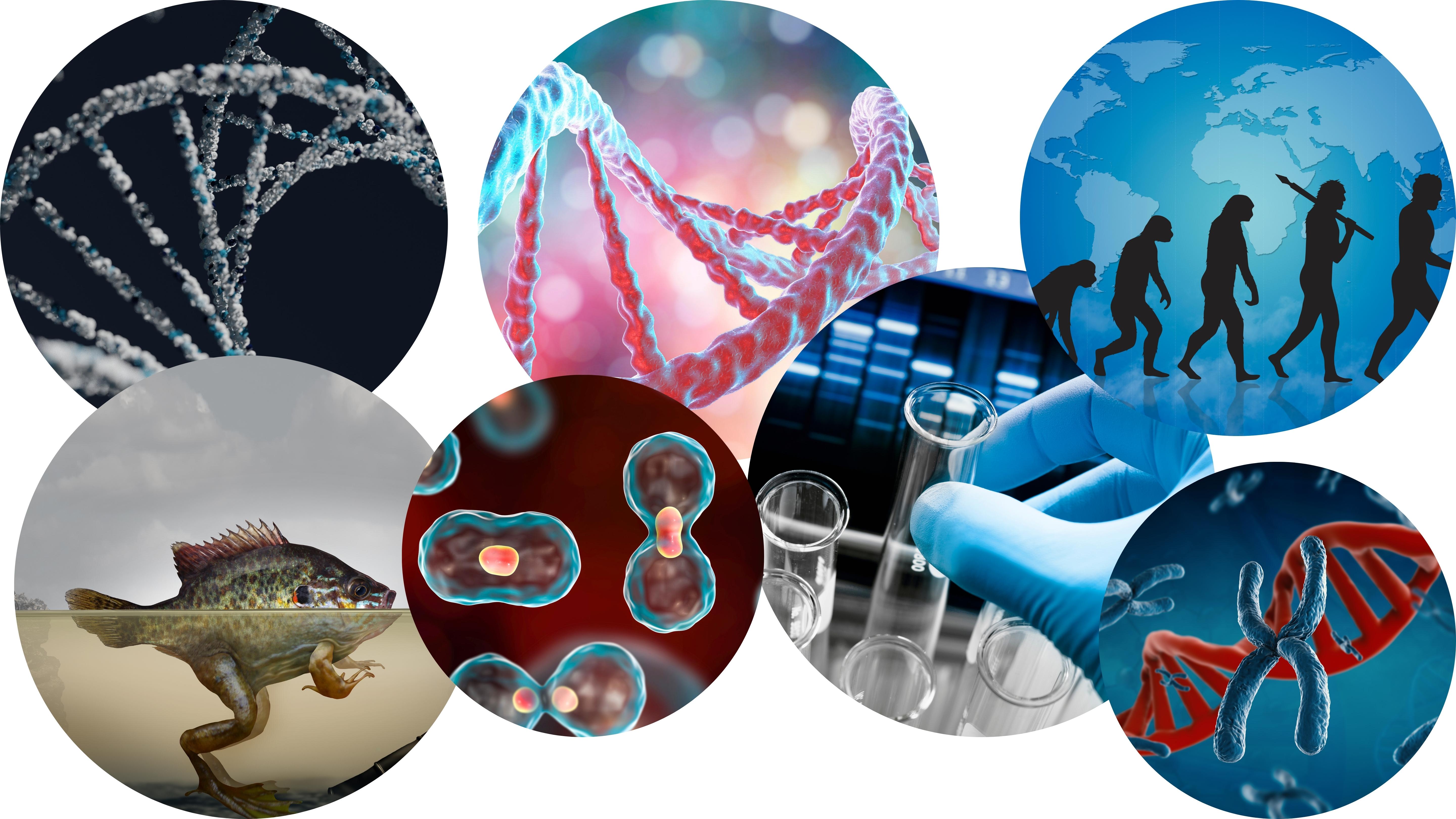
- Transmission of heritable information from generation to generation and the processes that increase genetic diversity.
- Natural selection, Speciation, Evolutionary time as measured by gradual random changes in genome.
- Transmission of heritable information from generation to generation and the processes that increase genetic diversity.
-
Module 16: Lesson 1: Evolution and Speciation
Learning Objectives:
- Describe how the present-day theory of evolution was developed and discuss its misconceptions.
- Explain convergent and divergent evolution.
- Describe homologous and vestigial structures.
- Define species and describe how species are identified as different.
- Describe genetic variables that lead to speciation.
- Identify prezygotic and postzygotic reproductive barriers.
- Explain allopatric and sympatric speciation.
7 URLs - Describe how the present-day theory of evolution was developed and discuss its misconceptions.
-
Module 16: Lesson 2: Populations
Learning Objectives:
- Define population genetics and describe how population genetics is used in the study of the evolution of populations.
- Define the Hardy-Weinberg principle and discuss its importance.
- Describe the different types of variation in a population.
- Explain why only heritable variation can be acted upon by natural selection.
- Describe genetic drift and the bottleneck effect.
- Explain how each evolutionary force can influence the allele frequencies of a population.
5 URLs, 1 Forum - Define population genetics and describe how population genetics is used in the study of the evolution of populations.
-
Course and Self Evaluation & Certificate

In this section, you can provide feedback about this course to help us make NextGenU.org better. Once evaluations are completed, you will be able to download your certificate of completion.
Click here give your feedback

 Click here to start Final Examination
Click here to start Final Examination